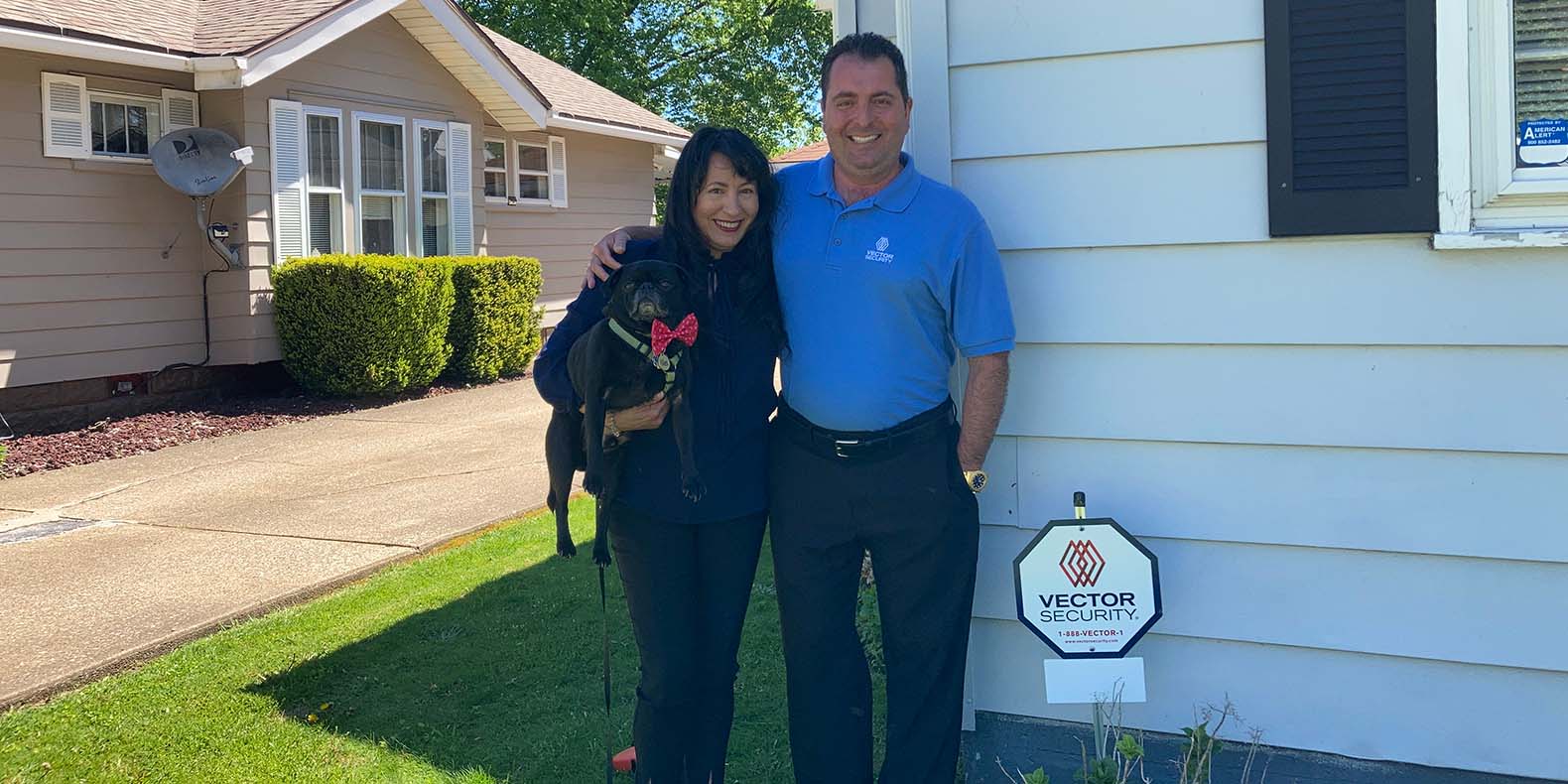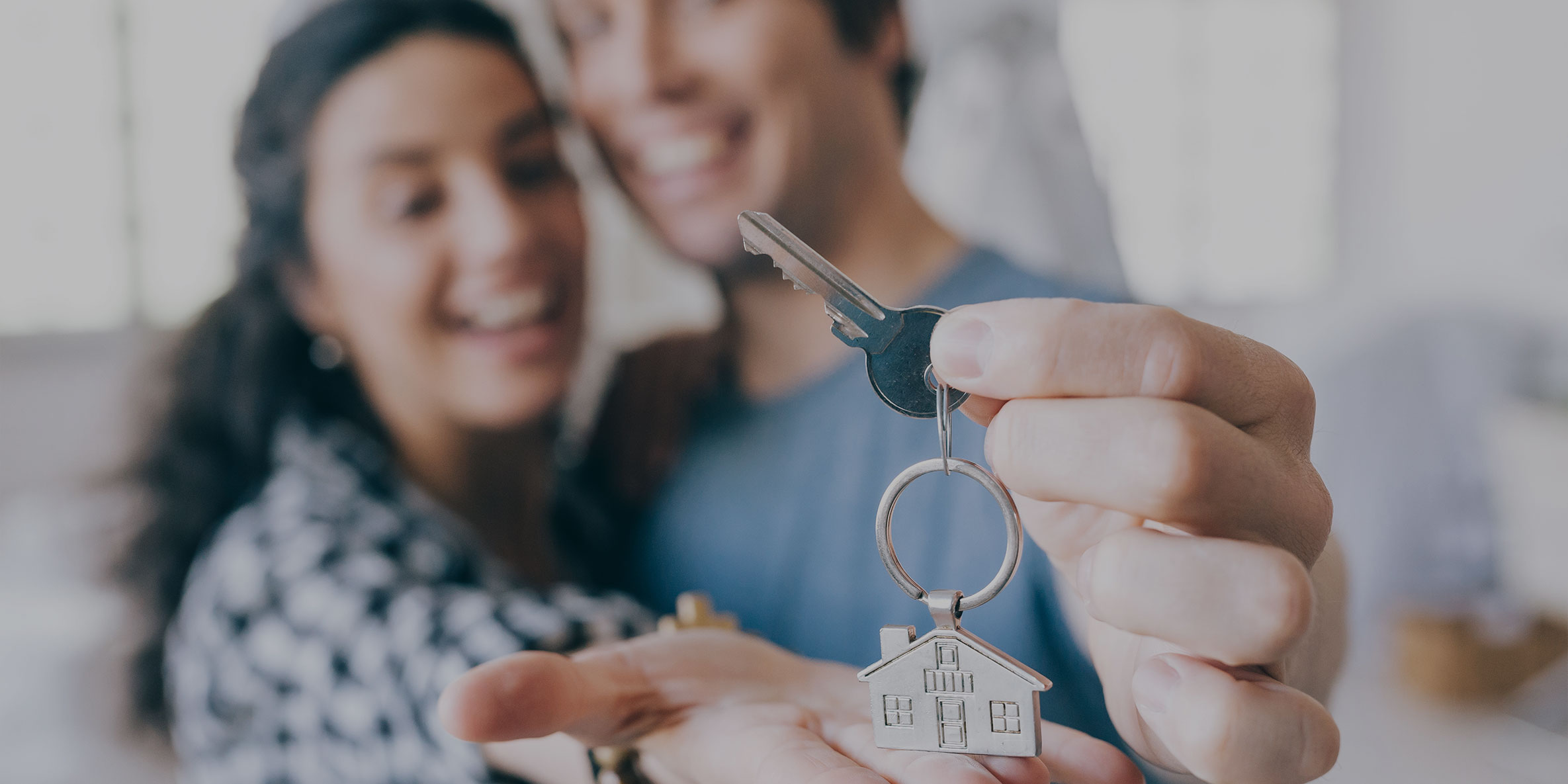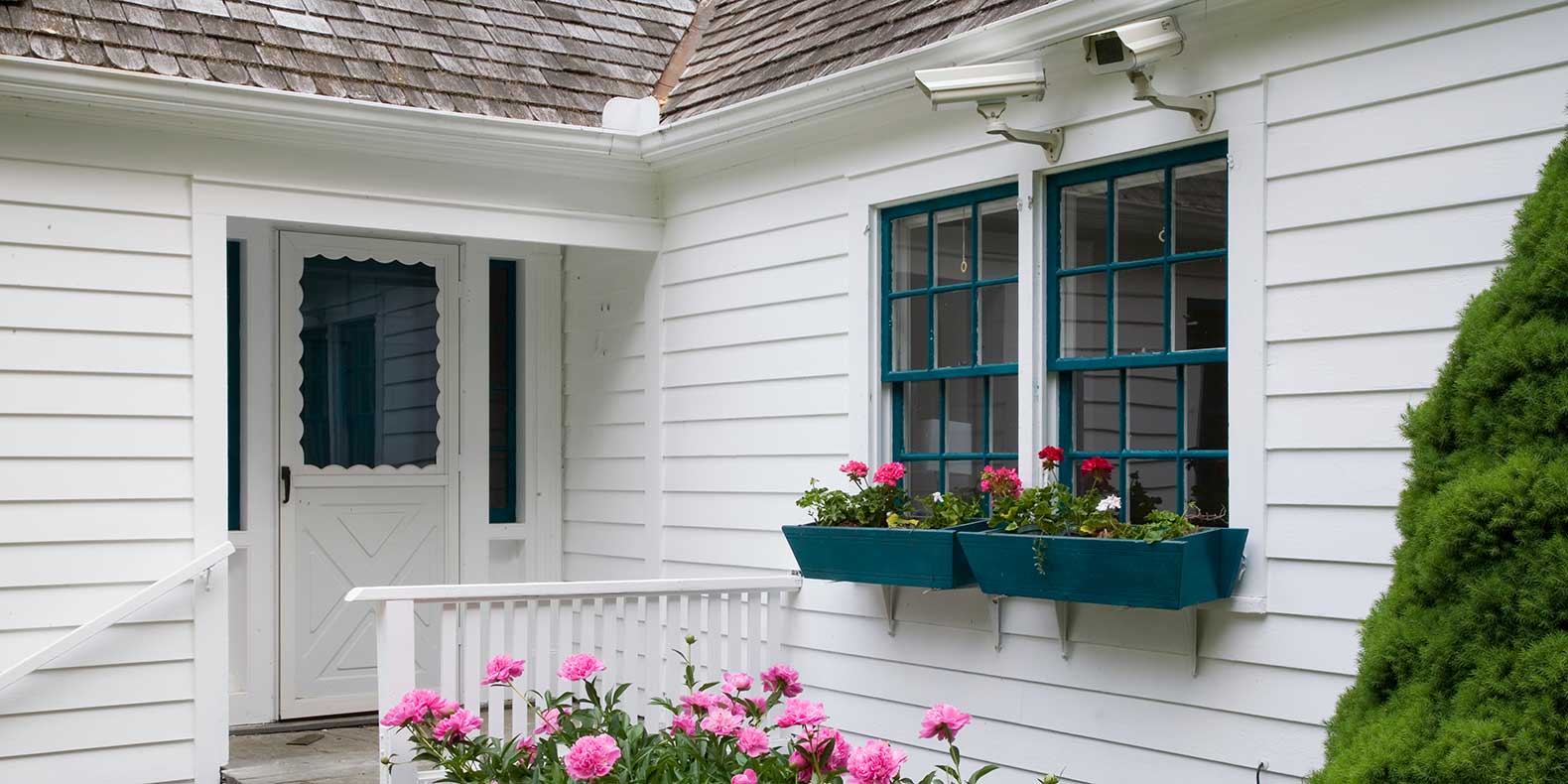This post was originally published on May 19, 2015 and has been updated for accuracy and comprehensiveness.
As technology continues to evolve, so do the options to keep your home and loved ones safe.
One way to enhance your family’s safety and protect personal items is by purchasing a video surveillance system for your home. Security cameras can help monitor home activity and potentially deter break-ins.
Prior to purchasing home security cameras for your home, consider these key tips to ensure optimal security.
1. Security Camera Types
When choosing a security camera to protect your home, select a system that suits your home’s unique needs. Consider your home’s size and layout and how you will be using the security cameras on a daily basis. Camera types to consider include:
- Bullet: Designed to be mounted pointing in a specific direction, mostly for indoor use.
- Day/Night: Primarily used for outdoor purposes, these cameras are built to adapt to natural lighting.
- Dome: Built to spin quickly within its surroundings and not meant to be visible.
- Infrared Vision: Designed to capture images in extremely dark conditions.
- Varifocal: Allows operators to focus and zoom in on images.
Quick Tip: Keep in mind that you may need more than one type of camera to keep your home secure. Different cameras are built for different purposes. Work with a trusted security professional if you need help identifying the right cameras for your specific needs.
2. Security Camera Features
Once you have selected your cameras, consider features you desire to have. Six essential features to keep in mind when purchasing security cameras are:
- DVR hard drive for storing recorded video clips.
- High-definition resolution.
- Motion-activated sensors.
- Night vision.
- Remote-viewing capability.
- Wireless access and control.
Seeking out these specific components helps enhance the quality of your home’s video surveillance system.
3. Security Camera Placement
The last aspect to consider is where cameras will be placed throughout your house. Knowing where you need cameras helps determine how many of each type should be purchased.
To enhance security measures, focus on these locations:
- Front and back doors. The front door is one of the most common ways burglars enter a home, followed closely by the back door.
- Back windows. Entering through a window facing away from the street decreases a burglar’s chance to be seen by neighbors or bystanders.
- Basement stairs. If your basement has an outdoor entrance or hatch, place a camera facing that direction.
- Side gate: Sneaking in through a backyard gate gives intruders the opportunity to hide behind furniture, toys and other outdoor equipment.
Strategically placing cameras throughout your home is essential, so use best judgment when selecting areas for installation. If an area seems more vulnerable than other parts of your home, add a camera for extra security. Better to be safe than sorry!

.jpg)

